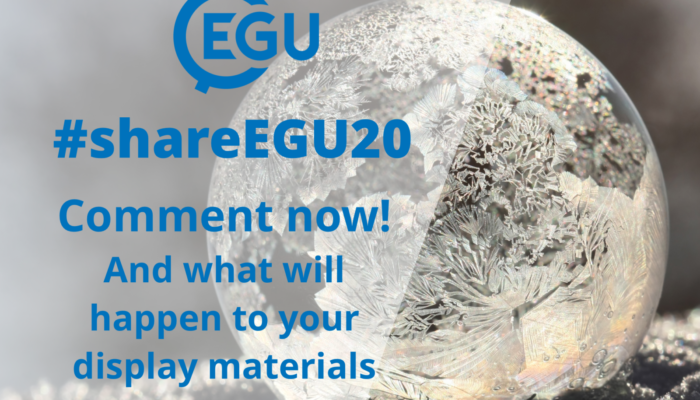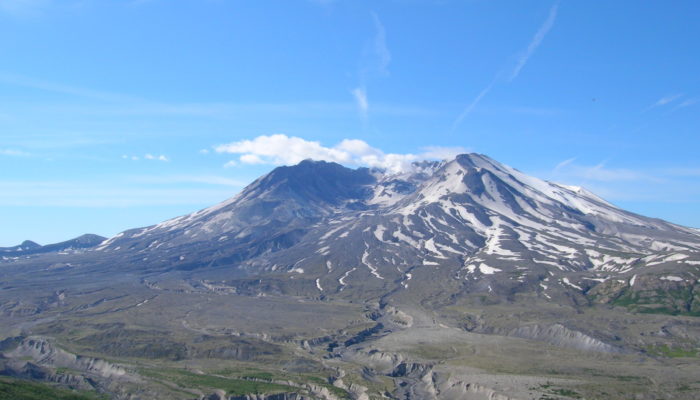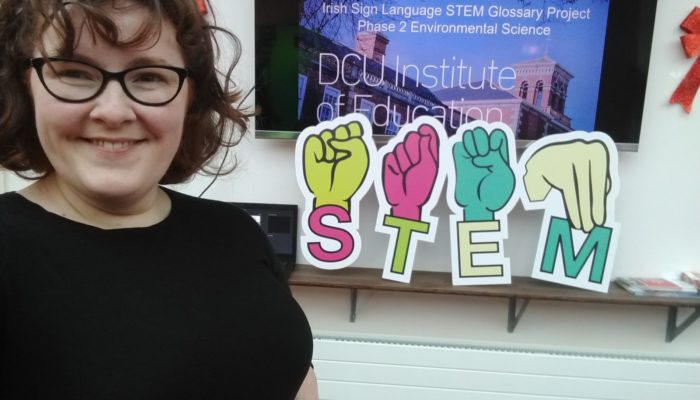Hi Rhian, thanks for talking with us today about the EGU’s Award nominations, please start by introducing yourself! I’m a physical geography and geology lecturer at Swansea University, with a particular focus on teaching through the medium of Welsh. I have been awarded the Katia and Maurice Krafft Award for my work on the British Sign Language Glossary Project, with colleagues from the ...[Read More]
Imaggeo on Mondays: Moonrise at Kata Tjuta

This is a high-dynamic-range (HDR) photograph of moonrise over the hills of Kata Tjuta in central Australia. The HDR technique allows details to be seen in the deep shadows and well as in the brighter parts of the image. Kata Tjuta (formerly known as The Olgas) means ‘many heads’ in the Pitjantjatjara language, spoken by the local Anangu people. The location is approximately 360 km SW of the ...[Read More]
#shareEGU20: commenting and what happens to your displays

Now that the week of #shareEGU20 is over, you may be wondering what happens to your display materials. As the materials have been uploaded to our new digital repository, EGUsphere, they will remain available online in their current format for the foreseeable future. Remember to check the copyright selected by the author if you want to interact with any of the uploads, and feel free to contact the ...[Read More]
Imaggeo on Mondays: Loowit – the lady of fire.

Today marks the 40th anniversary of the explosive eruption of volcano Mount St Helens, in western Washington State in the USA. So we wanted to feature this iconic volcano in this week, in our weekly feature, Imaggeo On Mondays. If you would like your imaggeo image featured in our blog, please contact the EGU Communications Officer. Mt St Helens, in Washington State USA, is possibly one of t ...[Read More]

